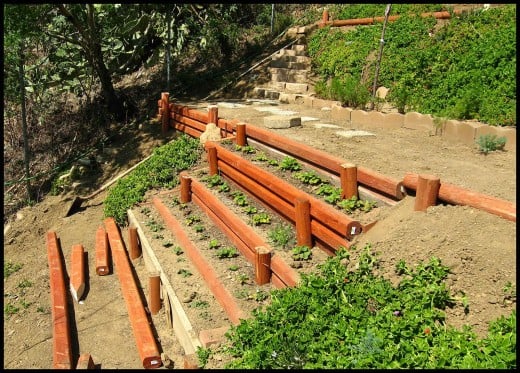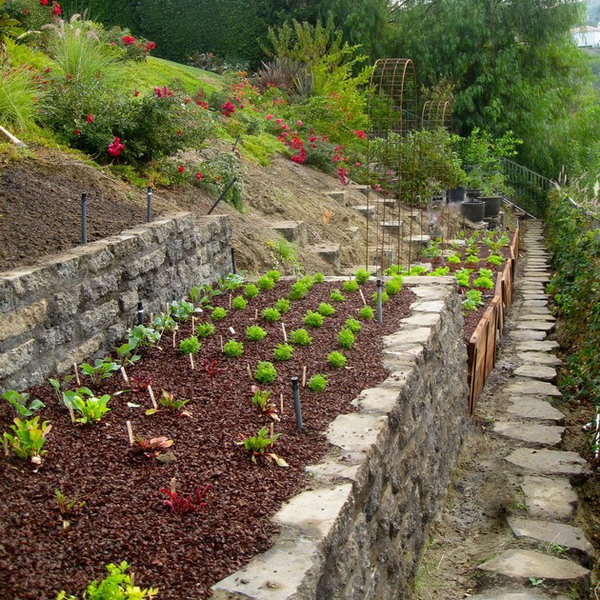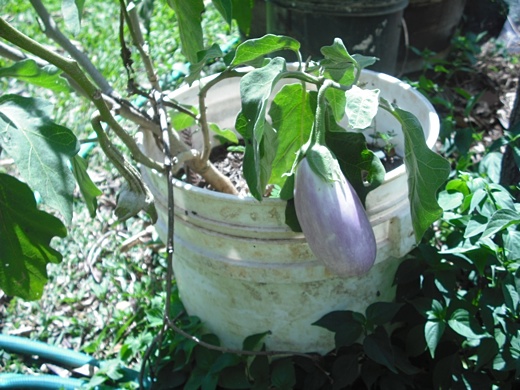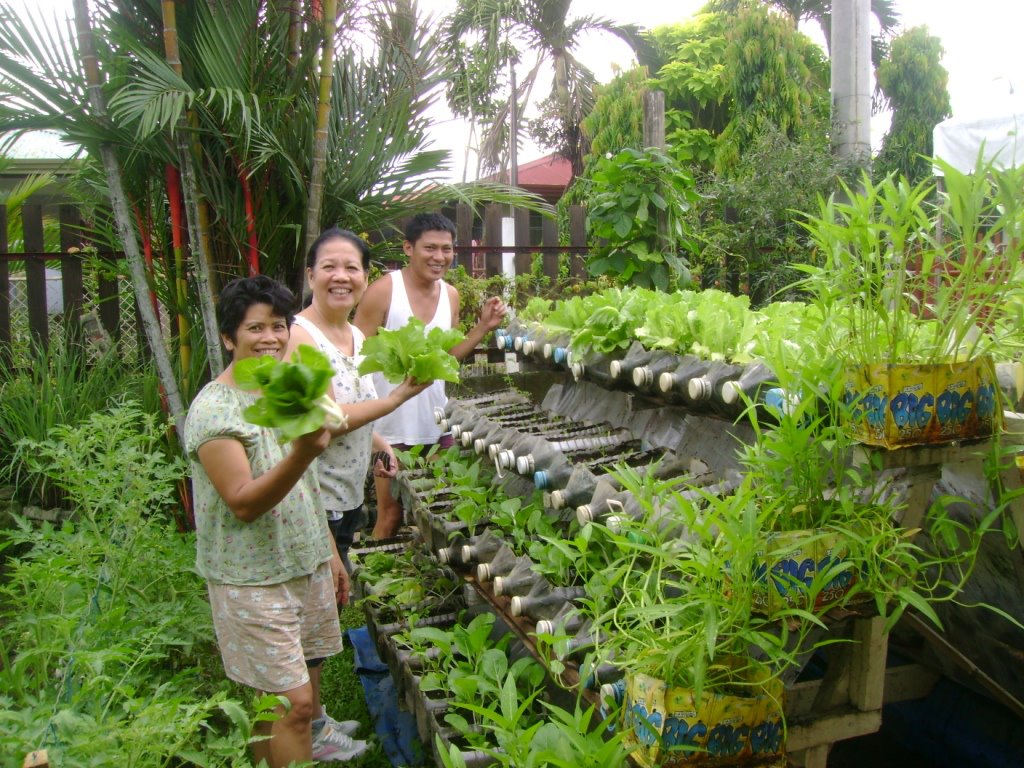
There are people that read a book a day, and some others reading a book or two a week--and I find that amazing. If I want to continue to write and become a skilled writer, then I absolutely need to read more books. Recently I read an article by an author that said one of his best selling books was his 11th or 12th book he had written, and one of his friends has written 13-14 books in two years, and another friend wrote 28 books in two years. And we know some of the best books were written in a few weeks. It's amazing what people can do.
Perhaps if I found less time watching the news and video entertainment, then I would also read and write with such voraciousness.
This year I read a range of nonfiction genres that constituted religion, sexuality, gender, politics, domination and oppression, race and class, food and food responsibility, and criminology--some of which I have become my favorite books, or books that have been very helpful and insightful to me.
Right now, I'm reading
A People's History of the United States by Howard Zinn. The first couple of chapters so far are not new information to me as I have read some quotes by Zinn, but I'm going to try to read this quickly because I wanted to wrap it to give to my sister for the holidays. I also recently bought
Born a Crime by Trevor Noah, which I was excited to read. But just the other day I was very disappointed with some of the "tweets" I saw Trevor making regarding sensitive subjects--so I lost my adoration for him, but I will still read his book because it's an interesting life story he had growing up in Apartheid. When I bought Trevor and Zinn's books, I went to the library and checked out bell hooks' Feminism is for Everybody book, so I will be reading that soon as well. Usually I buy books on Amazon through bing reward points, but I think I will be utilizing the library more to save money considering I want to get to a a point of reading more than I do.
Below is a list of books I finished this year that some of you may also find insightful. The books listed were for school, so they are specific
topics on criminology and politics. However, many of the books I read
leisurely would also constitute as political, but on my own, I tend
to read works that may be more provocative or radical such as the book by Saul Williams, bell hooks, and Chimamanda.
Inequality in America: Race, Poverty, and Fulfilling Democracy's Promise
by Stephen Caliendo
US(a) by Saul Williams
Sex in Crisis: The New Sexual Revolution and the Future of American Politics
by Dagmar Herzog
A Pound of Flesh: Monetary Sanctions as Punishment for the Poor
by Alexes Harris
Pray the Gay Away: The Extraordinary Lives of Bible Belt Gays
by Dr Bernadette Barton
Police, Power, and the Production of Racial Boundaries
by Ana Muniz
Harvest for Hope: A Guide to Mindful Eating
by Jane Goodall
Appalachian Elegy: Poetry and Place
by bell hooks
We Should All Be Feminists
by Chimamanda Ngozi Adichie
Crook County: Racism and Injustice in America's Largest Criminal Court
by
Nicole Gonzalez Van Cleve
The books listed here are interesting, but because they were for my classes, I found them to be a bit outside of my own interests.
The Power of Now: A Guide to Spiritual Enlightenment
by Eckhart Tolle
Living Deeply: The Art & Science of Transformation in Everyday Life by
Marilyn Mandala Schlitz (Goodreads Author),
Cassandra Vieten, Tina Amorok.
Youth Street Gangs: A Critical Appraisal
by David Brotherton (
was interesting, but not entirely engaging)
Criminal Recidivism: Explanation, Prediction and Prevention
by Georgia Zara (
heavy research content that slightly bored me
and found the book to avoid speaking on race considering the research
was based on white males)
A couple of books I liked but mostly skimmed through was Michael Pollan called
In Defense of Food: An Eater's Manifesto,
Transforming Places: Lessons from Appalachia by Barbra Smith & Stephen Fisher,
Miners, Millhands, and Mountaineers: Industrialization of the Appalachian South, 1880-1930 by Ronald Eller and his book
Uneven Ground: Appalachia since 1945.
Many of these books inspired me to write much of the content such as quotes and essays which you can find at my art blog called
Land of Art at
cassiekinneyartwork.blogspot.com. Because this blog focuses on ethical living through gardening and self sustainability practices, I find that my essays on topics such as race, class, and gender intersect with my choices of living ethically by growing food and living off the land. My focus of this blog where I post pictures, videos, and write about gardening and what I'm growing comes from a place of freedom from oppression, domination, and control towards liberation, peace, and justice. So because some of my readers may find these posts of my essays on race, class, and gender nonspecific to the blog
Vegans Living Off the Land, I will be adding the essays I have written over at the
Land of Art blog. I highly encourage you to reading my senior thesis if you're interested in abolishing prisons:
A Proposal to Abolish Mandatory Minimum Sentences by Cassandra (Cassie) Kinney and
A Proposal Against the Letcher Co., KY Federal Prison by Cassandra (Cassie) Kinney. And many more essays will be uploaded at Land of Art.






























